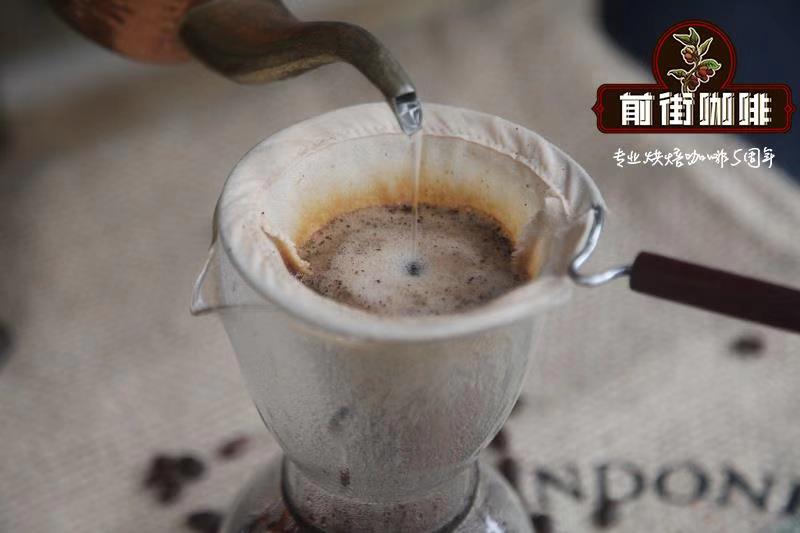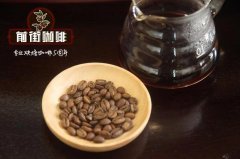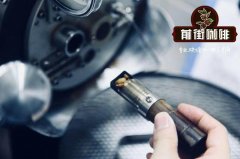Learn about the planting and characteristics of Tibika Coffee Tree | what is the relationship between iron pickup and coffee

Professional coffee knowledge exchange more coffee bean information please follow the coffee workshop (Wechat official account cafe_style)
Tieka coffee was first grown commercially because of the Dutch obsession with coffee. In the early days when there was a boycott of coffee in Europe, the Dutch already wanted to grow coffee in order to carry out global trade.
(coffee beans from Central and South America)
But the Dutch did not understand that coffee was a tropical crop that could not stand the cold, so it was not until the Dutch East India Company planted the coffee tree in the greenhouse in 1616 that the coffee tree was successfully transplanted and became the "mother coffee tree".
The expansion history of iron pickup:
After getting the coffee mother tree, the Dutch then planted coffee in Sri Lanka and India, but the local people were not enthusiastic about coffee and there was a large-scale outbreak of leaf rust, which reduced the production of local coffee in India. so it was transplanted to Indonesia.
Then the Dutch gave the coffee mother tree to the French, and after a lot of hardships, the French planted iron pickup coffee in South and Central America, and then Colombia, Costa Rica, Mexico and Brazil all competed to grow iron pickup coffee.
Characteristics of iron pickup coffee tree species:
(the top leaf of the iron pickup is red)
The bronze color of the top leaf of the iron pickup is one of the characteristics, with large beans, pointed oval or thin pointed shape, and some people call it "red top coffee". Iron pickup coffee has its unique quiet and clean flavor, as well as balanced features, high cleanliness, but the only drawback is insufficient production, altitude requirements, at the same time easy to infection with leaf rust, and resistance to diseases and insect pests is not strong.
A variety of Tippica coffee:
After a long time and the baptism of the characteristics of various producing areas, there are many varieties of iron pickup coffee, the most famous of which is Blue Mountain Coffee and Kona Coffee. At the same time, according to the latest DNA test report, Kenya's SL28, originally a bourbon tree, is actually a tin pickup tree.
END
Important Notice :
前街咖啡 FrontStreet Coffee has moved to new addredd:
FrontStreet Coffee Address: 315,Donghua East Road,GuangZhou
Tel:020 38364473
- Prev

Do you know the characteristics of Castillo coffee beans? what kind of coffee beans are iron card round beans?
Professional coffee knowledge exchange more coffee bean information please follow the coffee workshop (Wechat official account cafe_style) Castillo is one of the most characteristic examples of coffee derivatives, but also symbolizes the development of coffee species. Nowadays, many coffee-derived varieties are more or less derived from human intervention and hybrid variation. The main purpose and dream of mankind is to create
- Next

Brazil Arimentos Manor Yellow Bourbon Syrador nut-flavored boutique coffee
Professional coffee knowledge exchange more coffee bean information please follow the coffee workshop (Wechat official account cafe_style) bourbon species is a variety of coffee trees, which belongs to a branch of Arabica species. It is named according to the color of coffee fruit when it is ripe, such as red, yellow, orange, pink bourbon and so on. Among them, the output of orange bourbon is less, while that of pink bourbon is very little. Bourbon.
Related
- Beginners will see the "Coffee pull flower" guide!
- What is the difference between ice blog purified milk and ordinary milk coffee?
- Why is the Philippines the largest producer of crops in Liberia?
- For coffee extraction, should the fine powder be retained?
- How does extracted espresso fill pressed powder? How much strength does it take to press the powder?
- How to make jasmine cold extract coffee? Is the jasmine + latte good?
- Will this little toy really make the coffee taste better? How does Lily Drip affect coffee extraction?
- Will the action of slapping the filter cup also affect coffee extraction?
- What's the difference between powder-to-water ratio and powder-to-liquid ratio?
- What is the Ethiopian local species? What does it have to do with Heirloom native species?

